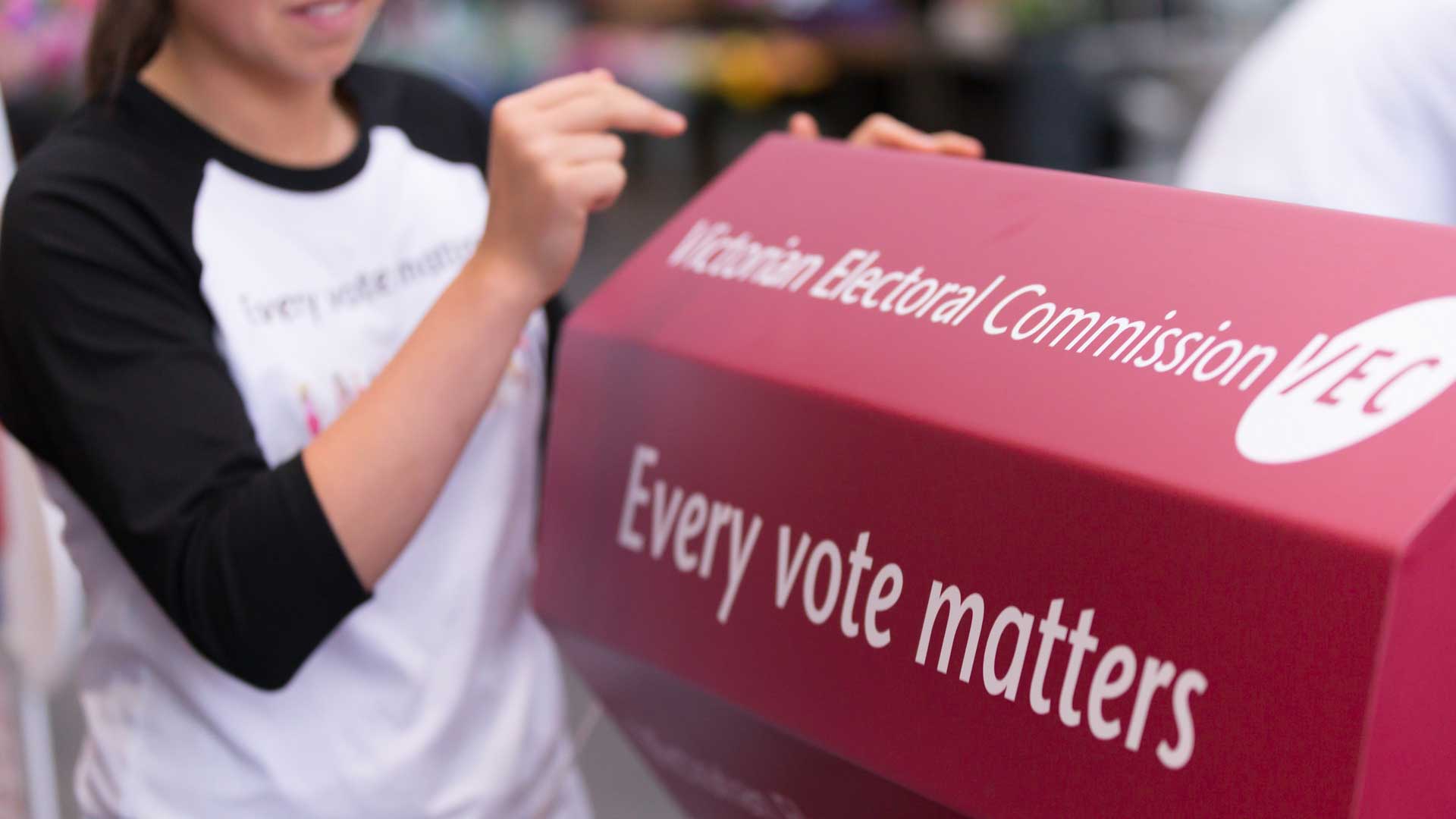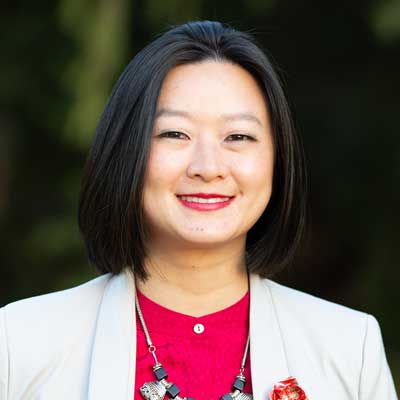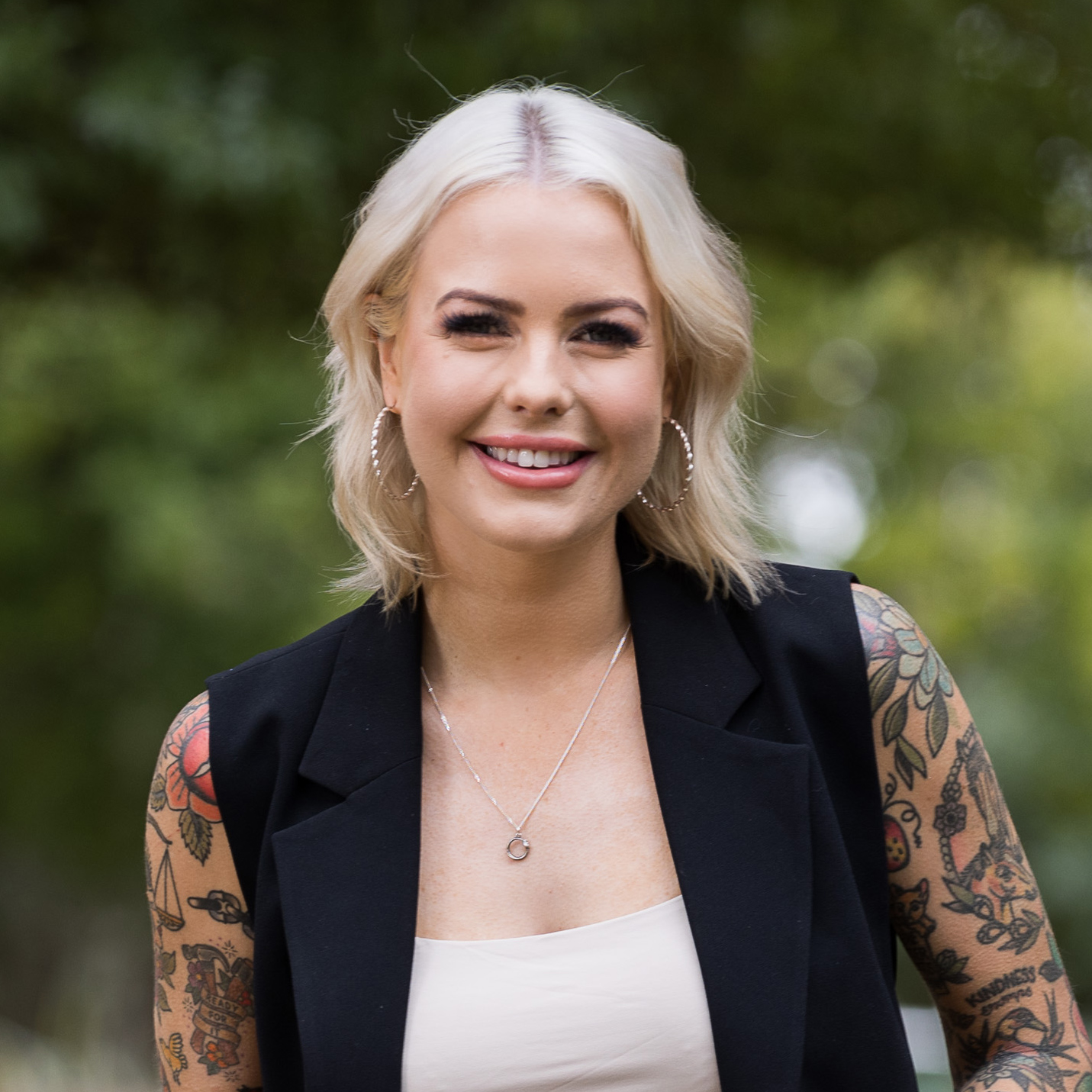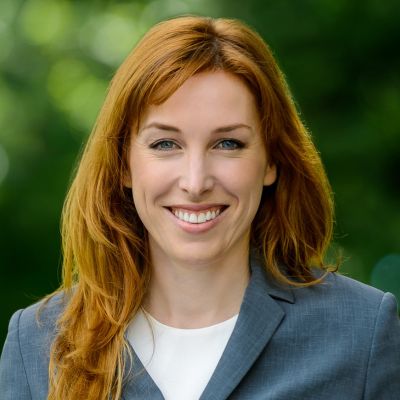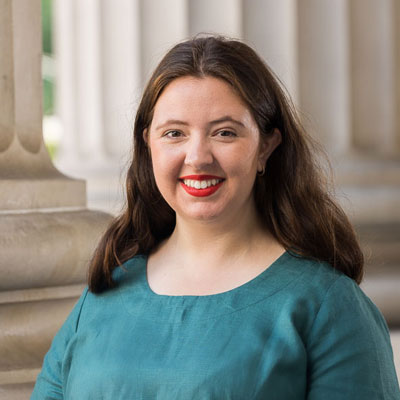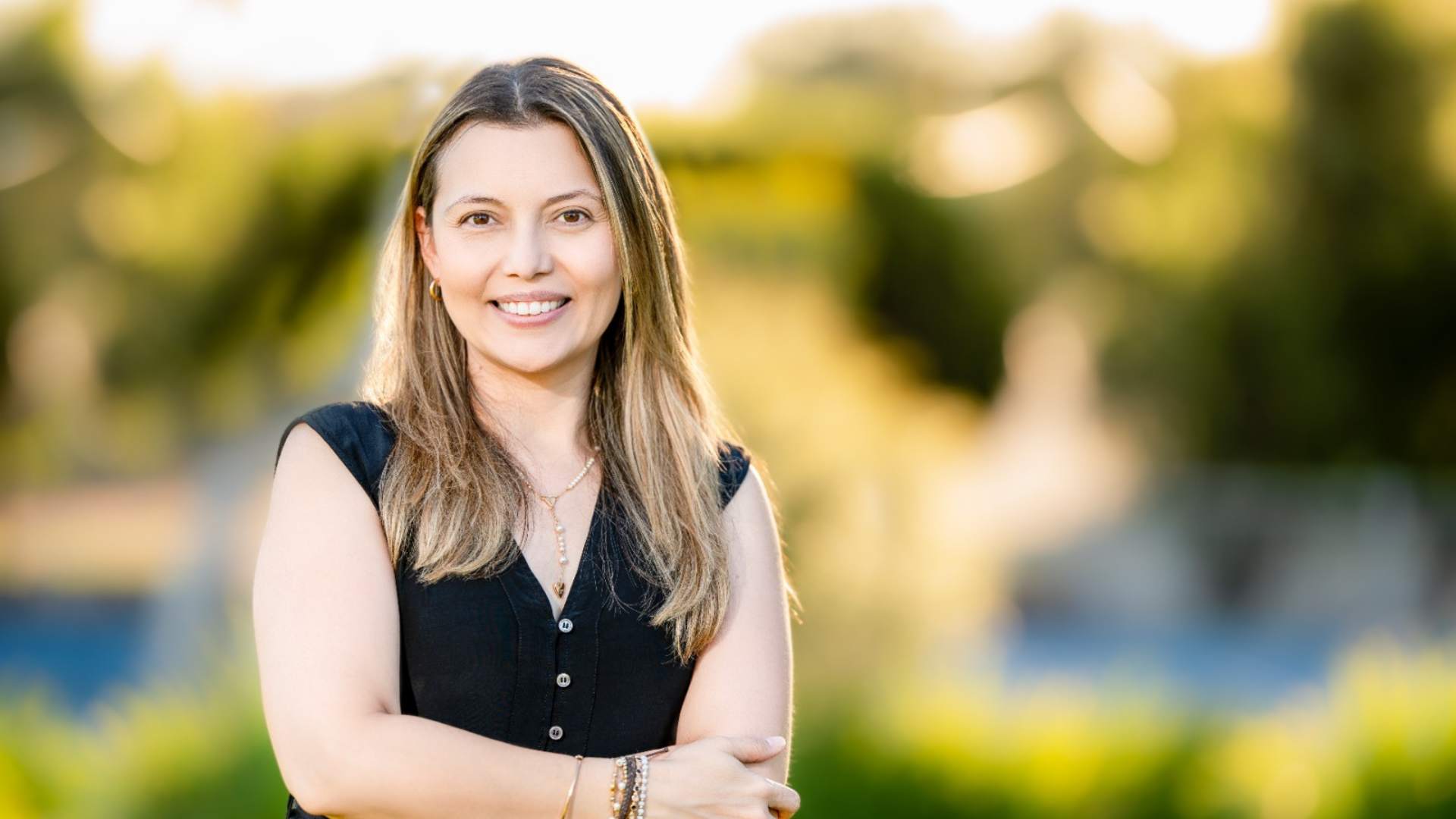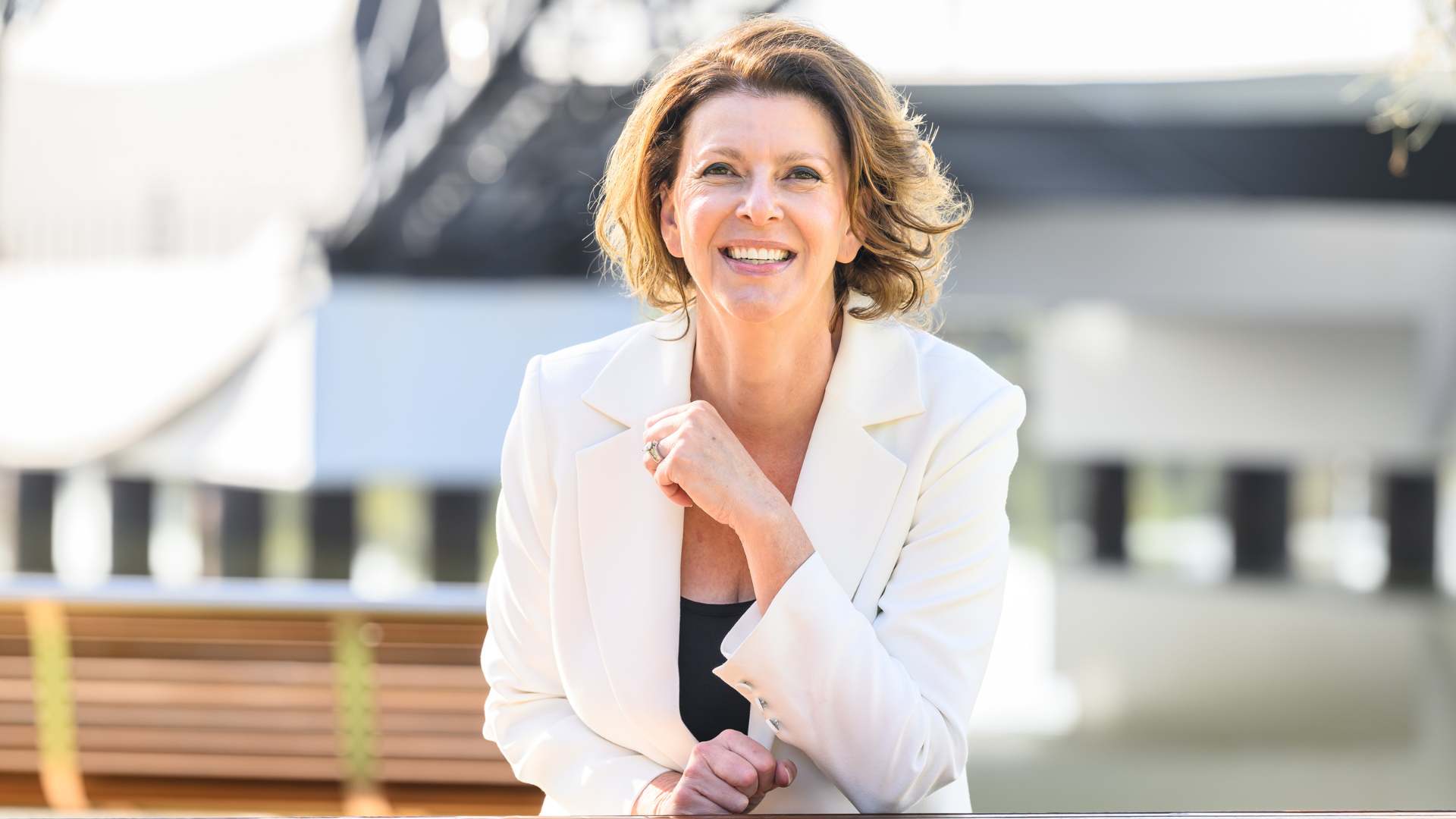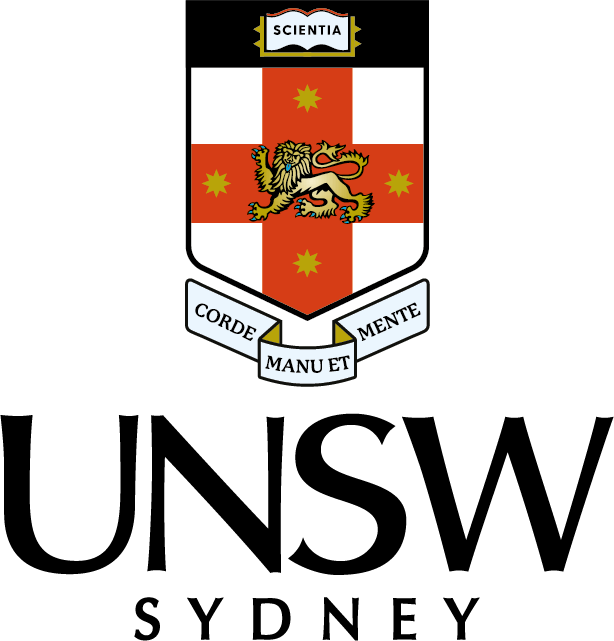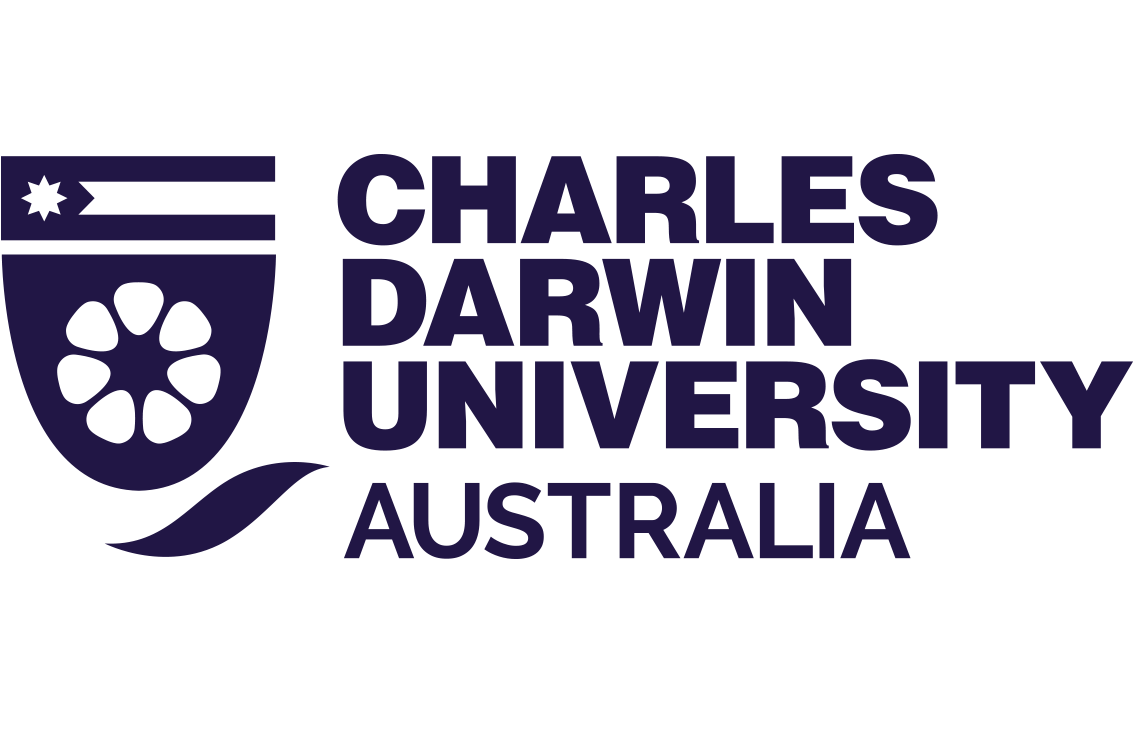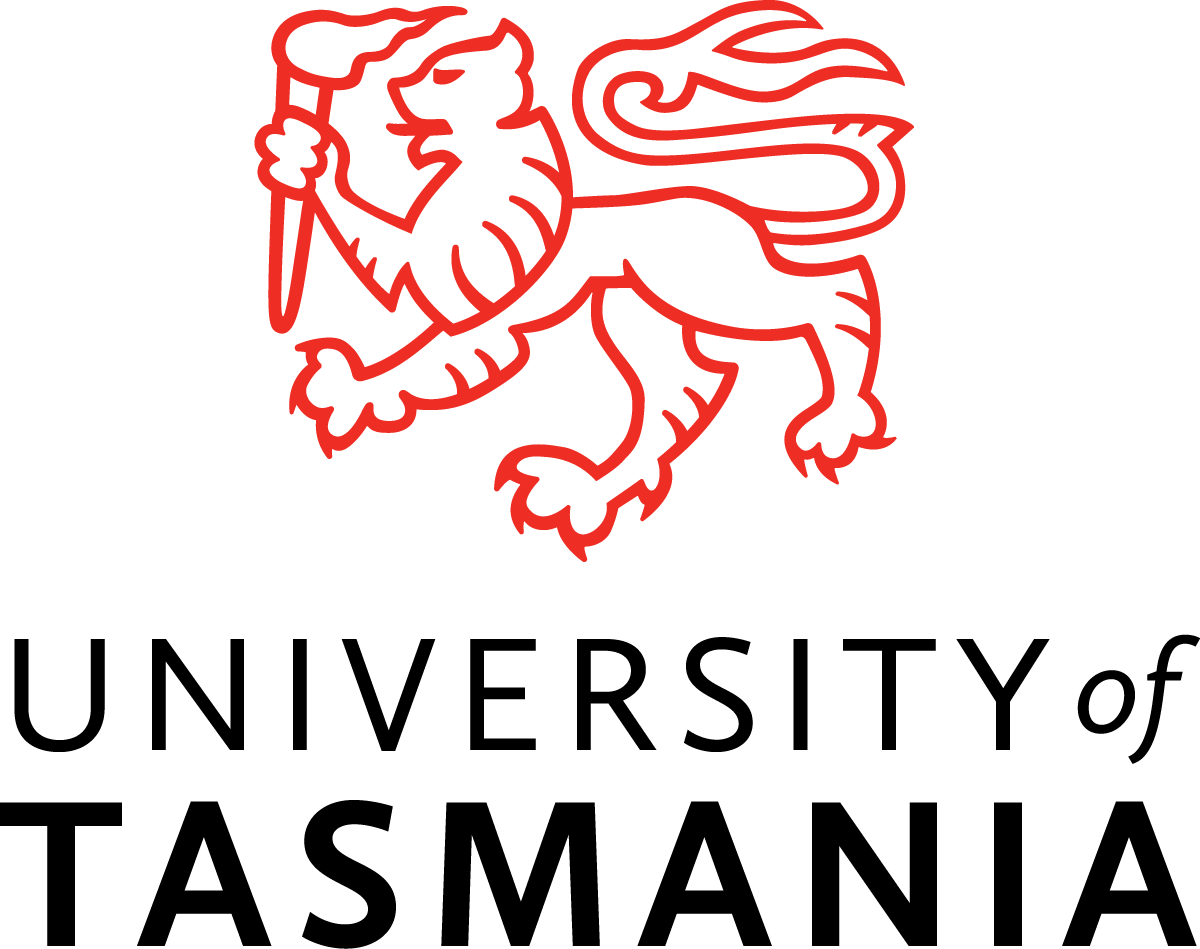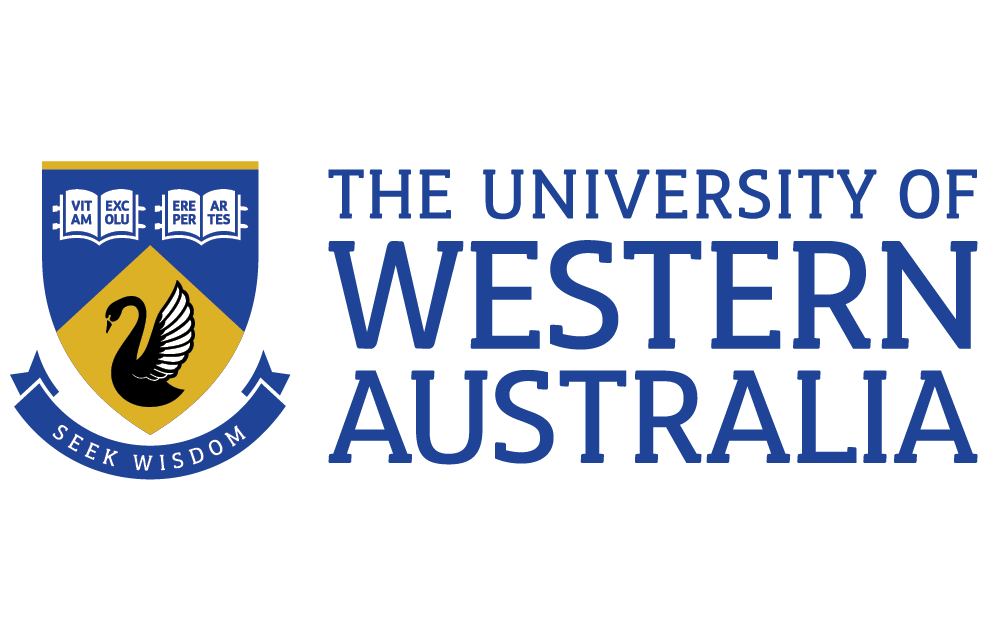Dr Lisa Carson, Election Watch, 16 November 2022
The Victorian state election is fast approaching on November 26th with a record 19 Pathways to Politics for Women alum from across the political spectrum set to run.
Early voting opened earlier this week on Monday November 14th, noting that just slightly less than half of all Victorians voted early back in 2018. But what’s different this time around?
The current state of play
At the moment Labor has an 11-seat buffer in the Lower House (Legislative Assembly), where it holds 55 of the 88 seats, close to two-thirds with the remaining held by Liberals (21), Nationals (6), Independents (3) and the Greens (3).
At the 2018 election, Labor held 42.9% of first preferences, followed by the Liberals (30.4%), Greens (10.7%), Independents (6.1%), Nationals (4.8%) with the remaining divided between 12 smaller parties.
There are reports that the bulk of Labor resources will be thrown at key outer suburban and regional seats where support has been lost in traditional Labor north and west Melbourne. For the Coalition to win, an additional 18 seats are needed.
According to some polls, Labor looks set to win the Lower House decisively, although perhaps with a lower primary vote this time around, with the Greens vote up. The Greens could curtail Labor’s majority by targeting the inner-Melbourne seats of Richmond, Northcote, and Albert Park, as well as Independents in Hawthorn, Melton and Werribee.
In the Upper House (Legislative Council) Labor holds 18 of the 40 seats, with the Liberals and Nationals (11), Derryn Hinch’s Justice Party (3), Liberal Democrats (2,) and the Animal Justice Party, Greens, Reason, Shooters, Fishers and Farmers, Sustainable Australia and Transport Matters parties each holding one seat.
How things unfold in the Upper House is less clear depending on how ‘group voting tickets’ (GVT) unfold (you can see the GVT tickets for each region here). Some predict that a lack of reform on this front could lead to a ‘massive mess’ for Labor, akin to a lottery that depends on preference deals.
According to a reported Herald Sun state-wide poll, once the undecided vote is redistributed, it has estimated that Labor and the Coalition’s primary vote totals might be tied at around 38%. This could result in a Labor-Andrews third term, ahead of the Coalition 53.5 to 46.5 on a two-party preferred basis, revealing ‘similar trends to May’s Federal election’ according to Kos Samaras from Redbridge.
Changes to political donations and how-to-vote card challenges
There’s also been a change to political donations since the last Victorian election now described as the ‘toughest in the country’, with donations now capped at $4,320 for a single donor over a 4-year period.
Whilst debate continues about the efficacy of the changes for increased transparency, some argue ‘the cap is a killer’, one that disproportionally impacts the ability for smaller parties and Independents to fundraise.
Time will tell of course as the Victorian election unfolds and with a review scheduled for next year to determine whether further changes are needed. We’re also in the midst of challenges against the Victorian Electoral Commission regarding how-to-vote cards.
Some Independent candidates are reported to be preparing legal challenge, preferring to only include a number 1 against their name and leaving the remainder blank.
This runs counter to what the federal election allowed, and only time will tell how fast this can be settled (both the campaign how-to-vote cards and preferences if required).

What impact will Federal results have on Victoria?
One of the key lessons from the May federal election was a move away from the dominant two parties with a rise in Independents and Greens.
This bodes well for smaller parties and Independents in Victoria. As others have indicated, the Victorian Liberal Party primary vote dropped 5.5% and Labor’s dropped 5.3% in the May Federal election compared to 2019.
And unlike past elections, this time around, millennials (those aged 26-41) who tend to vote left make up 36% (1.5 million people) on the Victorian electoral role, almost level with the baby boomer vote at 39%.
This year also sees a record number of young candidates running in Victoria, with over half of them women and hungry for change.
The issues
From the May federal election we saw the issues of the Coalition’s ‘women problem’, climate inaction, corruption, integrity, aged care, and a lack of trust in politics.
According exit poll research by the Australia Institute, ‘the treatment of women in politics’ was the second biggest weakness for the Coalition in the Federal election (66%), out of a list of 20 options, narrowly behind ‘the state of aged care’ (67%).
Women were 7-10 percentage points less likely to vote for the Coalition compared to men. And three weeks after the election, the gap widened to 10 percentage points, with 28% of women saying they would vote for the Coalition, compared to 38% of male voters, with only nine women out of 42 Coalition MPs elected following the 2022 election.
How this will wash through in Victoria remains to be seen. Since May, we’ve seen the new ALP government take steps in seeking to address these issues, and for many, the sense of progress is likely to carry over to their state voting.
Recent September polling by Redbridge in the Victorian electorate of Benambra found that the most important issues were cost of living, healthcare, climate change and the environment, followed by integrity.
On the matter of integrity in Victoria, the Centre for Public Integrity has just released a report ‘Achieving Integrity: A roadmap for transparency, oversight and accountability in Victoria’ with five key areas of recommendations for change (restoring parliament, oversight agencies, transparency, accountability, and political equality), with the opportunity to match rhetoric with action for the next government.
Rise of Victorian Independents
We’re also seeing a dramatic rise in Independents and minor parties running with continuing momentum for ‘doing politics differently’.
Unlike federal election coverage which tended to paint all Independents as ‘teal’, the Victorian election has an array of Independents (and colours) on the run, most of whom are women.
These include those branded as ‘teals’ against Liberal MP’s such as Clarke Martin (Sandringham, against Brad Rowswell MP), Nomi Kaltmann (Caulfield, against David Southwick MP), Carol Altmann (South West Coast, against Roma Britnell MP), Sophie Torney (Kew, formerly held by Tim Smith, MP) and Felicity Frederico OAM (Brighton, against James Newbury MP) among others.
Independents on the run against Labor include Georgie Dragwidge (Albert Park, against Martin Foley MP), Sarah Fenton (Bellarine, Lisa Neville MP), and Melissa Lowe (Hawthorn, against John Kennedy MP) among others.
There are also ‘purple’ Independents on the run, appealing to blue-collar voters who no longer feel the Labor Party represents them but are unwilling to support the Liberals.
Impact of targeted programs washing through
We’re also seeing the impact of targeted programs wash through in Victoria where women make up 41% of parliamentarians. For example, a record 19 Pathways to Politics alum from the University of Melbourne program from across the political spectrum are set to run in the Victorian election.
The Pathways to Politics Program for Women is a national, proudly non-partisan initiative that equips participants with the skills, knowledge, confidence, and networks they need to run for elected office at local, state, and federal levels.
It’s an initiative of the Trawalla Foundation, Women’s Leadership Institute Australia and the University of Melbourne. It’s delivered in partnership with state- and territory-based university partners in Victoria (at the University of Melbourne), Queensland (QUT), New South Wales (UNSW), and the Northern Territory (Charles Darwin University), with more state and territory jurisdictions set to follow.
For the ALP alum include Juliana Addison, MP (Wendouree), Kat Theophanous, MP (Northcote), Wesa Chau (Prahran) and Lucy Skelton (Kew) among others. For the Liberal party there’s Bridget Vallence MP (Evelyn) Briony Hutton (Hastings), and Debbie Taylor-Haynes (Bentleigh).
For the Greens, alum include Cr Dr Sarah Mansfield (Western Victoria), Cr Angelica Panopoulos (Pascoe Vale), Emily Bieber (Ivanhoe), Sarah Jefford (Northern Metropolitan), and Julie O’Brien (Bundoora). For minor parties there’s Nicola Foxworthy (Melbourne) for the Reason Party and Georgie Purcell (Northern Victoria) for the Animal Justice Party.
And running as Independents, alum include Dr Kate Lardner (Mornington), Cr Johanna Skelton (Monbulk), and ‘yellow’ independent Jacqui Hawkins (Benambra).
It’s clear that the appetite ‘to do politics differently’ remains strong from the example set at the May federal election.
Just as strides towards greater diversity were achieved in the federal election, more remains to be done across all diversity dimensions in Victoria, especially First Nations and culturally and linguistically diverse representation, and across age, ability, sexuality, socioeconomic status, and location among others.
It’s not just a numbers game of course, rather the proof of progress simultaneously lies in lifting political discourse, trust, with demonstrated better ways of working, and ultimately better outcomes for all citizens, both now and into the future.
This article was originally published on the University of Melbourne’s Election Watch.
Dr Lisa Carson is a Lecturer in Public Leadership & Diversity at the Melbourne School of Government and Academic Coordinator of Pathways to Politics for Women at the University of Melbourne.
Banner image source: Victorian Electoral Commission.
